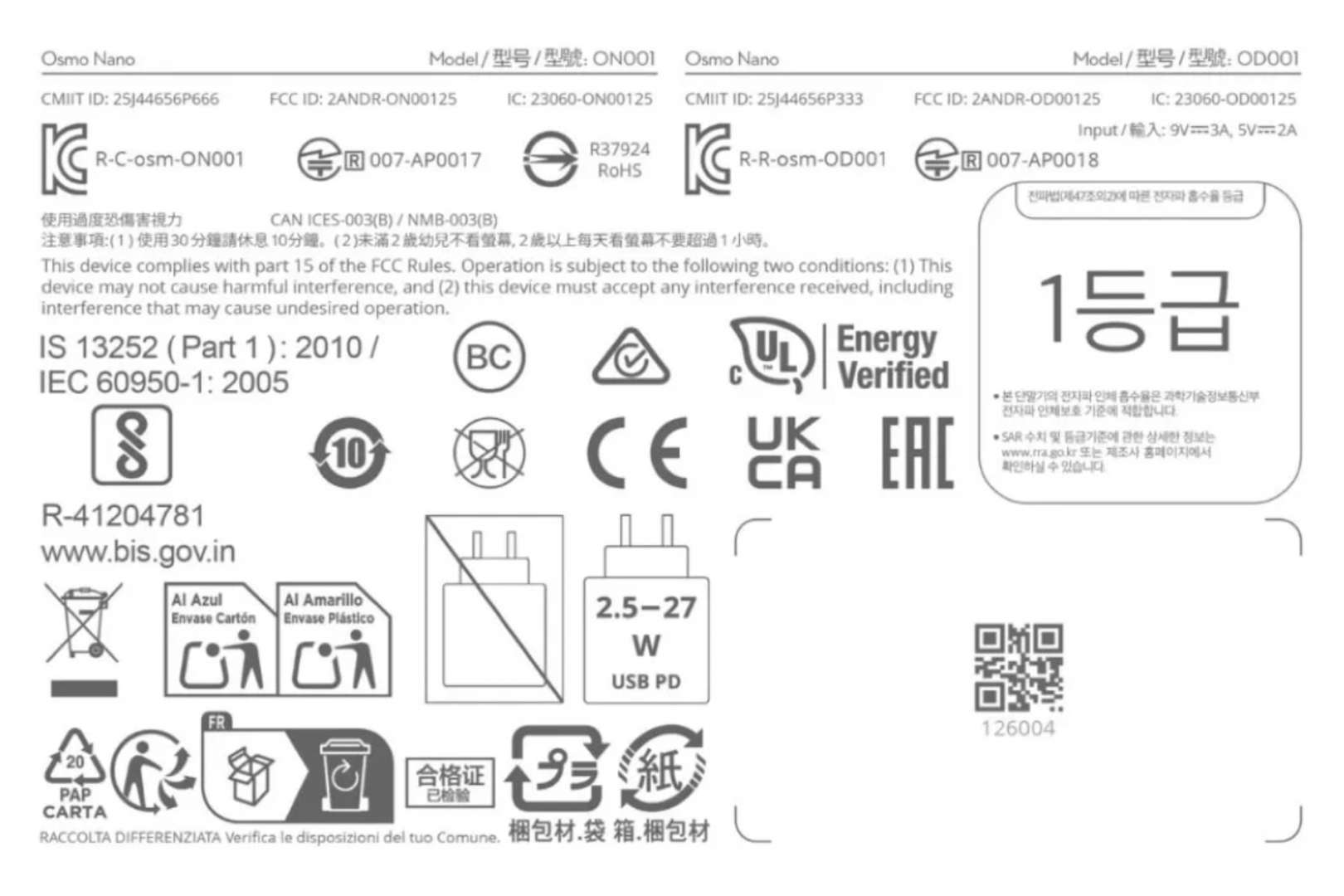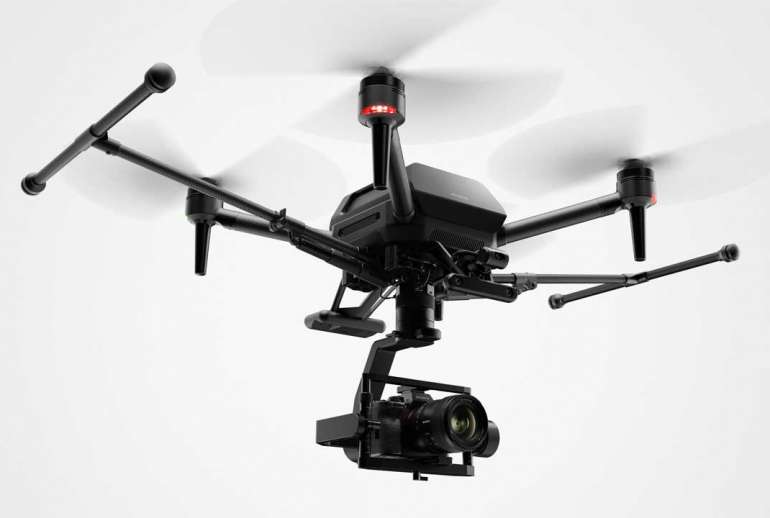Recent FCC filings reveal the DJI Osmo Nano, a pocket-sized action camera that brings back the modular design from the Action 2. The leaked documents suggest DJI is developing their smallest action camera yet.
FCC Documents Reveal Dual-Module System
The Osmo Nano has surfaced in two separate FCC listings under model numbers OD00125 and ON00125. Industry analysts interpret these as a display module and action camera module, respectively, indicating DJI’s return to the modular design that distinguished the Action 2 from GoPro’s rectangular form factors.

This dual-component approach separates the camera sensor from the display unit, enabling more mounting options and potentially extending battery life by reducing the main unit’s size. The Action 2’s modular system allowed users to attach the camera cube to various surfaces while keeping the touchscreen display accessible.
According to industry analyst Jasper Ellens, the two modules communicate using the same magnetic connectivity system that defined the Action 2’s functionality. This confirms DJI’s return to magnetic attachments that enabled the previous generation’s flexible mounting capabilities.
Technical Specifications and Improvements
The Osmo Nano builds on the Action 2’s proven hardware foundation. The original Action 2 measured 39mm square and 22mm deep, weighing only 56 grams. This compact form factor made it one of the smallest action cameras available, with its 1/1.7-inch CMOS sensor delivering 4K video at up to 120 frames per second (fps).
FCC filings suggest the Osmo Nano will include improved heat management and advanced AI stabilization. These enhancements address thermal throttling during extended recording and improve footage stability in ultra-compact devices.
Action 2 Reference Specifications:
- Dimensions: 39×39×22.3mm
- Weight: 56g
- Sensor: 1/1.7-inch CMOS
- Video: 4K/120fps, 2.7K/240fps
- Field of View: 155° super-wide
- Waterproof: 10m without case
Wearable Design Features Return
The FCC documentation indicates the Osmo Nano includes wearable features designed for portability. This matches the Action 2’s magnetic ecosystem, which included accessories like the Magnetic Headband, Magnetic Lanyard, and various mounting solutions that attached the camera cube directly to clothing, headgear, or surfaces.
The magnetic attachment system enabled configurations that were previously unavailable with traditional action cameras. Users could attach a secondary screen module that extended battery life from 70 minutes to three hours while adding three microphones for enhanced audio capture. The system also supported instant recording activation through SnapShot, turning the camera on and starting recording with a single button press.
Market Positioning and Competition
DJI discontinued the Action 2’s modular approach in subsequent models, such as the Action 3, 4, and 5 Pro, adopting rectangular designs similar to those of GoPro cameras. The action camera market has standardized around these traditional form factors, making the Osmo Nano’s return to modular design a departure from current trends.
The Osmo Nano targets creators seeking discrete recording solutions for daily documentation rather than extreme sports applications. While newer DJI cameras offered improved specifications, they abandoned the unique form factor that made the Action 2 suitable for discrete recording and creative mounting scenarios.
Product Launch, Pricing Expectations, and Release Timeline
The Osmo Nano leak coincides with other DJI product reveals, including the Mini 5 Pro drone and Avata 3, indicating a coordinated product refresh across DJI’s consumer lineup. This timing suggests that DJI is expanding its action camera strategy to complement, rather than compete directly with, traditional action cameras.
Industry speculation places expected pricing between $300-400 USD, positioning the Osmo Nano as a premium compact option rather than a budget alternative. This pricing strategy indicates DJI views the modular design as a differentiating feature worth commanding higher margins.
While DJI has not officially confirmed the Osmo Nano’s existence or specifications, the dual FCC filings indicate active development of a two-component system. Industry observers anticipate a release before the end of 2025, although no official announcement timeline has been established.
The return to modular design addresses a gap in the action camera market where portability and mounting flexibility take priority over maximum video specifications. For content creators who valued the Action 2’s compact design, the Osmo Nano represents a return to form factor innovation in an increasingly standardized product category.
The Osmo Nano’s development suggests DJI recognizes that action camera innovation requires more than incremental specification improvements, potentially challenging the industry’s focus on traditional rectangular form factors.



